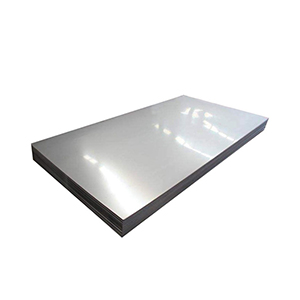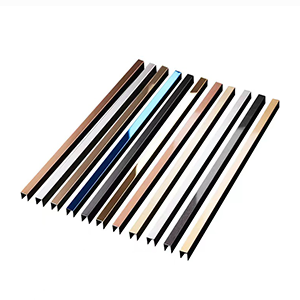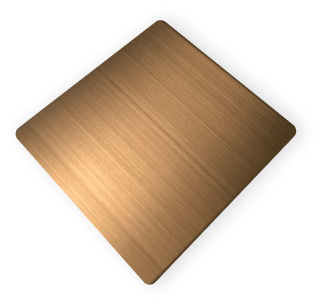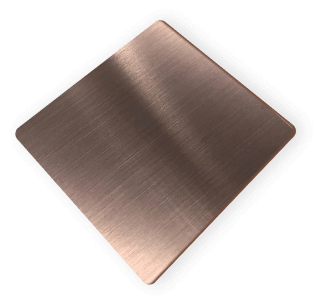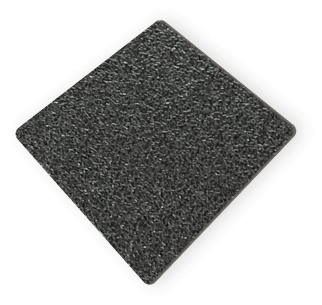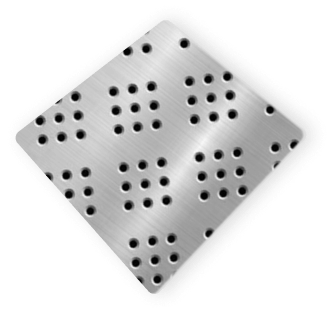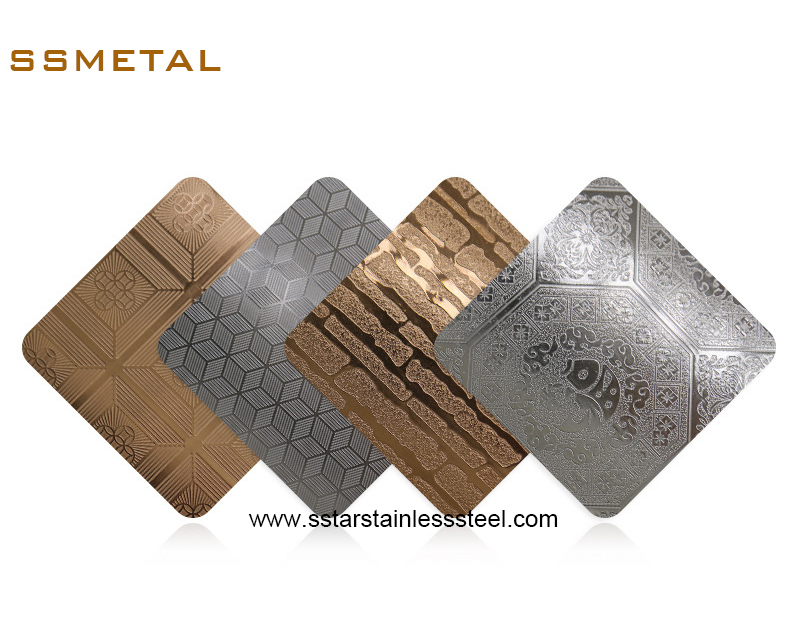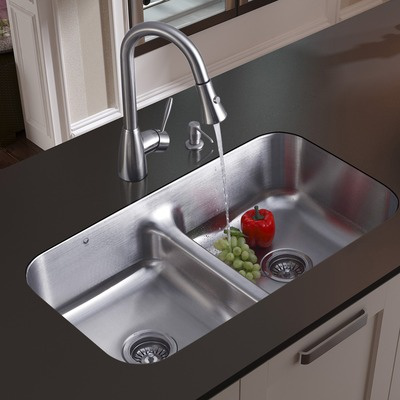
Source: https://www.pinterest.com.au
Stainless steel sinks for kitchens have gained popularity among homeowners because of their ability to endure wear and tear, attractive appearance, and effortless upkeep. These sinks not only serve their purpose but can also elevate the overall appearance of your kitchen. However, with a vast variety of stainless steel sinks available in the market, it can be a daunting task to pick the right one. This guide aims to provide you with comprehensive information about stainless steel kitchen sinks, including their advantages, types, sizes, and maintenance. Whether you are renovating your kitchen or in need of a new sink, this guide will equip you with the knowledge required to make an informed decision.
Pros and Cons of Stainless Steel Sink

Source: https://my.lwv.org
Stainless steel sinks are a popular choice for many homeowners due to their durability, ease of maintenance, and attractive appearance. However, like any other material, there are pros and cons to using stainless steel products.
Pros
- Durability: Stainless steel sinks are durable and can withstand a lot of wear and tear. They are resistant to scratches, dents, and chipping, which makes them a great choice for high-traffic kitchens.
- Easy to clean: Stainless steel sinks are easy to clean and maintain. They do not require any special cleaners and can be cleaned with soap and water.
- Corrosion-resistant: Stainless steel is resistant to corrosion, which means that it will not rust or stain over time.
- Heat-resistant: Stainless steel sinks can withstand high temperatures without warping or melting, making them a great choice for kitchens where hot pans and pots are common.
- Versatile: Stainless steel sinks are available in a variety of sizes, shapes, and styles, making it easy to find one that fits your kitchen’s design and functional needs.
Cons
- Can be noisy: Stainless steel sinks can be noisy when water hits the surface, which can be a nuisance for some people.
- Shows water spots and fingerprints: Stainless steel sinks can show water spots and fingerprints, which can make them look dirty even when they are clean.
- Can be scratched: While stainless steel sinks are durable, they can be scratched with abrasive materials, which can dull the surface over time.
- Can dent: Although stainless steel sinks are generally resistant to dents, they can still be dented by heavy objects or sharp impacts.
- May require a protective coating: Some stainless steel sinks may require a protective coating to prevent damage and corrosion over time, which can add to the cost of the sink.
Thickness(Gauge) and Quality
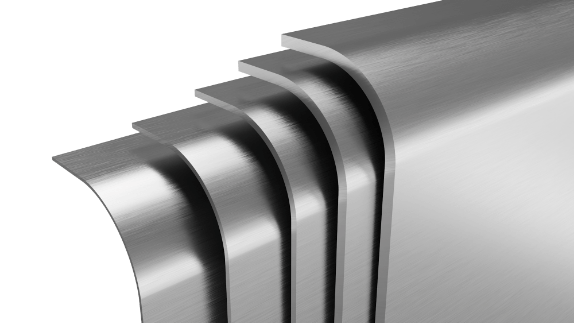
Source: https://www.mrdirectint.com
As you might have known, most stainless steel sinks are made of stainless steel sheets. The sheets are typically formed into the desired shape using a variety of methods such as stamping, welding, or bending. The thickness of the sheet used in the manufacturing process can vary depending on the intended use of the sink, but it is usually between 18 and 22 gauge.
Generally, a higher gauge number means a thinner steel, while a lower gauge number means a thicker steel. The most common gauges for stainless steel sinks are 16, 18, 20, and 22.
In general, a thicker gauge steel will be more durable and less likely to dent or scratch. It will also provide better sound insulation and be less prone to vibration. However, thicker gauge steel can be more expensive.
Quality is also an important consideration when it comes to stainless steel sinks according to many stainless steel sheet suppliers’ statements. Higher quality sinks will be made from high-grade stainless steel, such as 304 stainless steel, which is more resistant to corrosion and rust. Cheaper sinks may be made from lower-grade stainless steel, which can be more prone to damage.
In addition to the thickness and quality of the steel, other factors to consider when purchasing a stainless steel sink include the size and shape of the sink, the number of bowls, and the overall design and style.
Stainless Steel Sink vs. Porcelain Sink
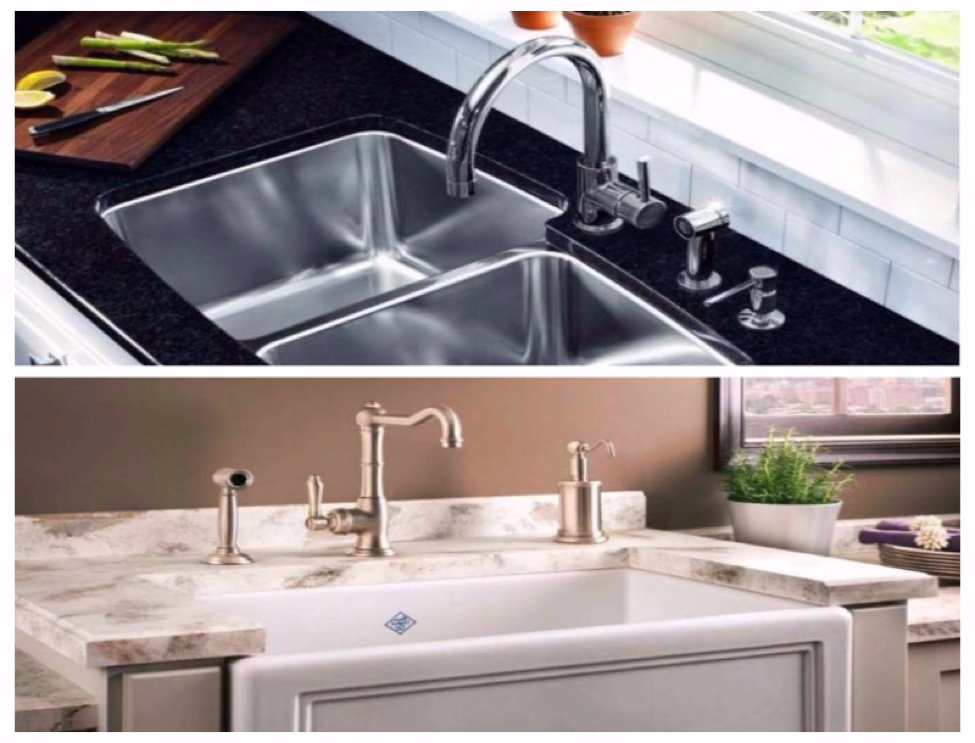
Source: https://www.baycitiesconstruction.com
Stainless steel sinks and porcelain sinks are two of the most common types of sinks used in kitchens and bathrooms. Here are some factors to consider when choosing between the two:
1. Durability
Stainless steel sinks are generally more durable than porcelain sinks. They are resistant to scratches, chips, and stains, and are less likely to crack or break. Porcelain sinks are more delicate and can chip or crack if heavy objects are dropped into them.
2. Maintenance
Stainless steel sinks are easy to clean and maintain. They are less likely to stain or discolor, and can be cleaned with a variety of cleaning agents. Porcelain sinks, on the other hand, require more maintenance to keep them looking their best. They can be stained by certain substances, and can be more difficult to clean.
3. Appearance
Porcelain sinks are often chosen for their classic, elegant look. They come in a range of colors and can add a touch of sophistication to a room. Stainless steel sinks, on the other hand, have a more modern, industrial look. They are available in a range of finishes, from brushed to polished, and can complement a variety of kitchen and bathroom styles.
4. Cost
Stainless steel sinks are generally less expensive than porcelain sinks. They are widely available and come in a range of prices to fit different budgets. Porcelain sinks can be more expensive due to their manufacturing process and the materials used.
Ultimately, the choice between a stainless steel sink and a porcelain sink comes down to personal preference and the specific needs of your kitchen or bathroom. Consider your budget, style preferences, and maintenance requirements when making your decision.
How to Avoid Scratch and Damage on SS Sink?
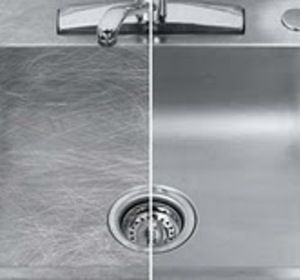
Source: https://www.pinterest.com.au
To avoid scratches and damage on a stainless steel sink, here are some tips:
1. Clean Regularly
Regular cleaning helps to remove dirt, grime, and stains that can cause scratches and damage on the surface of the sink. Use a soft cloth, sponge, or non-abrasive cleaner to clean the sink.
2. Avoid Using Abrasive Cleaners
Avoid using harsh abrasive cleaners or scrubbers such as steel wool, metal brushes, or scouring pads as they can scratch the surface of the sink. Instead, use a non-abrasive cleaner and a soft cloth.
3. Be Careful with Heavy or Sharp Objects
Do not put heavy or sharp objects such as pots, pans, knives, or utensils directly on the sink surface. Instead, place them on a protective mat or trivet.
4. Rinse Thoroughly
After washing dishes, make sure to rinse the sink thoroughly to remove any remaining food particles or cleaning agents that may cause stains or damage.
5. Avoid Using Bleach or Ammonia-Based Cleaners
Avoid using bleach or ammonia-based cleaners as they can cause discoloration or damage to the sink surface. Instead, use a mild cleaner or a mixture of water and vinegar.
6. Dry the Sink After Use
After cleaning or rinsing the sink, make sure to dry it thoroughly with a soft cloth to prevent water spots or mineral buildup.
By following these tips, you can help keep your stainless steel sink looking new and avoid scratches and damage.
How to Clean and Maintain Stainless Steel Sink?

Source: https://www.familyhandyman.com
Stainless steel sinks are a popular choice for their durability, sleek appearance, and resistance to stains and corrosion. However, to keep them looking their best, regular cleaning and maintenance are necessary. Here are some tips on how to clean and maintain your stainless steel sink:
1. Clean Regularly
It’s essential to clean your sink regularly to prevent the buildup of dirt and grime. Use warm water and a mild detergent or a specialized stainless steel cleaner. Avoid using abrasive cleaners, as they can scratch the surface of the sink.
2. Scrub Gently
For tough stains or stuck-on food, use a soft-bristled brush or sponge to gently scrub the sink. Avoid using steel wool or other abrasive materials, as they can scratch the surface of the sink.
3. Rinse Thoroughly
After cleaning, be sure to rinse the sink thoroughly with clean water to remove any soap or cleaner residue.
4. Dry the Sink
Wipe the sink dry with a clean, soft cloth to prevent water spots or mineral deposits from forming.
5. Polish the Sink
To restore the shine to your sink, use a specialized stainless steel polish or a mixture of vinegar and olive oil. Apply the polish or mixture to a soft cloth and rub it into the sink in a circular motion. Wipe away any excess with a clean cloth.
6. Use a Sink Mat
To prevent scratches and dings, use a sink mat to protect the bottom of the sink. Be sure to clean the mat regularly to prevent the buildup of bacteria and mold.
7. Avoid Harsh Chemicals
Avoid using harsh chemicals, such as bleach or ammonia, on your stainless steel sink, as they can damage the surface.
By following these tips, you can keep your stainless steel sink looking shiny and new for years to come.
Key Takeaway

Source: https://stock.adobe.com
Stainless steel kitchen sinks are a popular and durable option for homeowners. They offer resistance to corrosion, stains, and scratches while also being easy to clean and maintain. When choosing a stainless steel supplier for your sink, consider factors like gauge, finish, and noise reduction technology to ensure you get the best value for your investment. With proper care, a stainless steel sink can last for decades, making it a smart choice for any kitchen renovation or upgrade.






